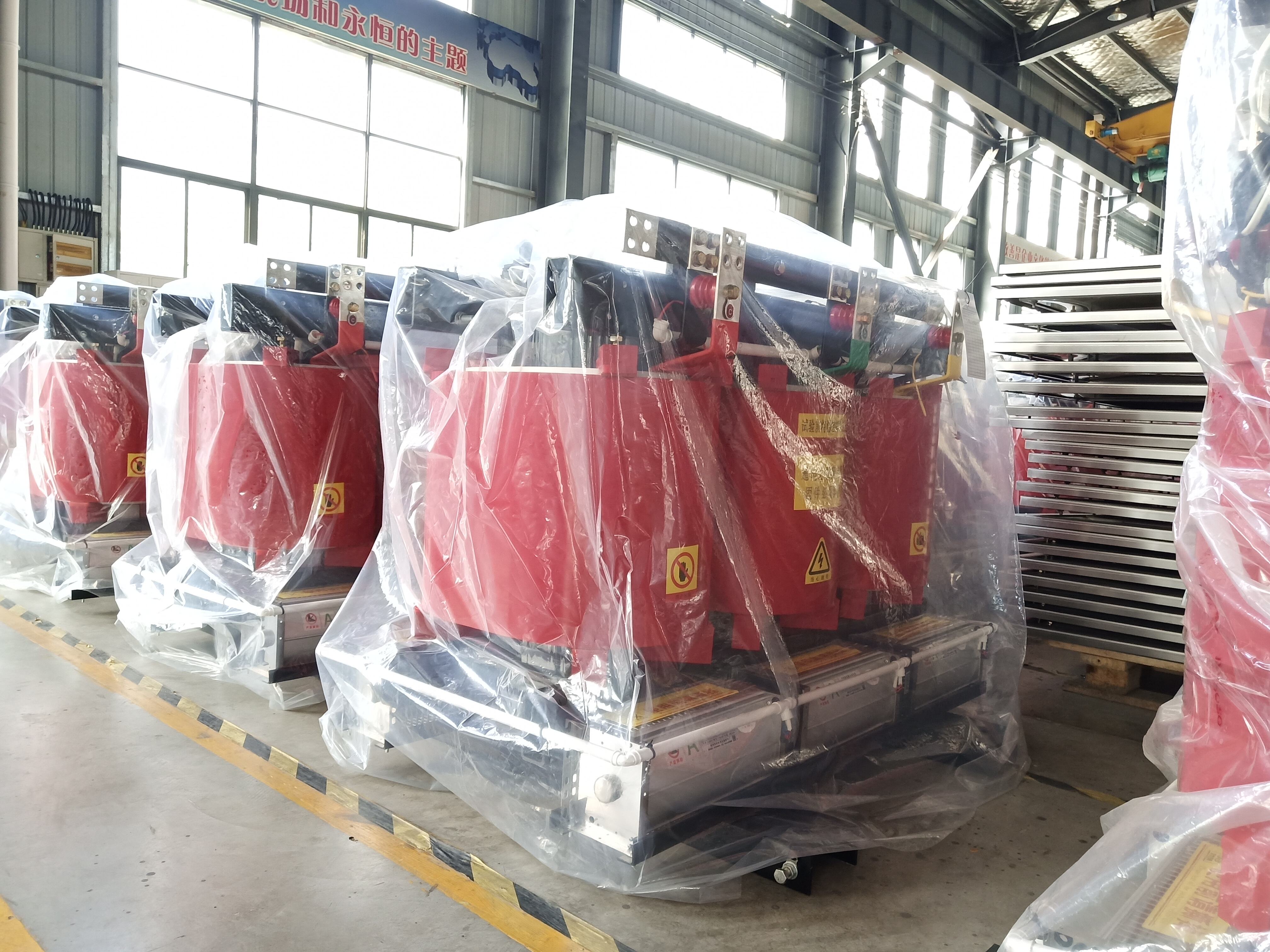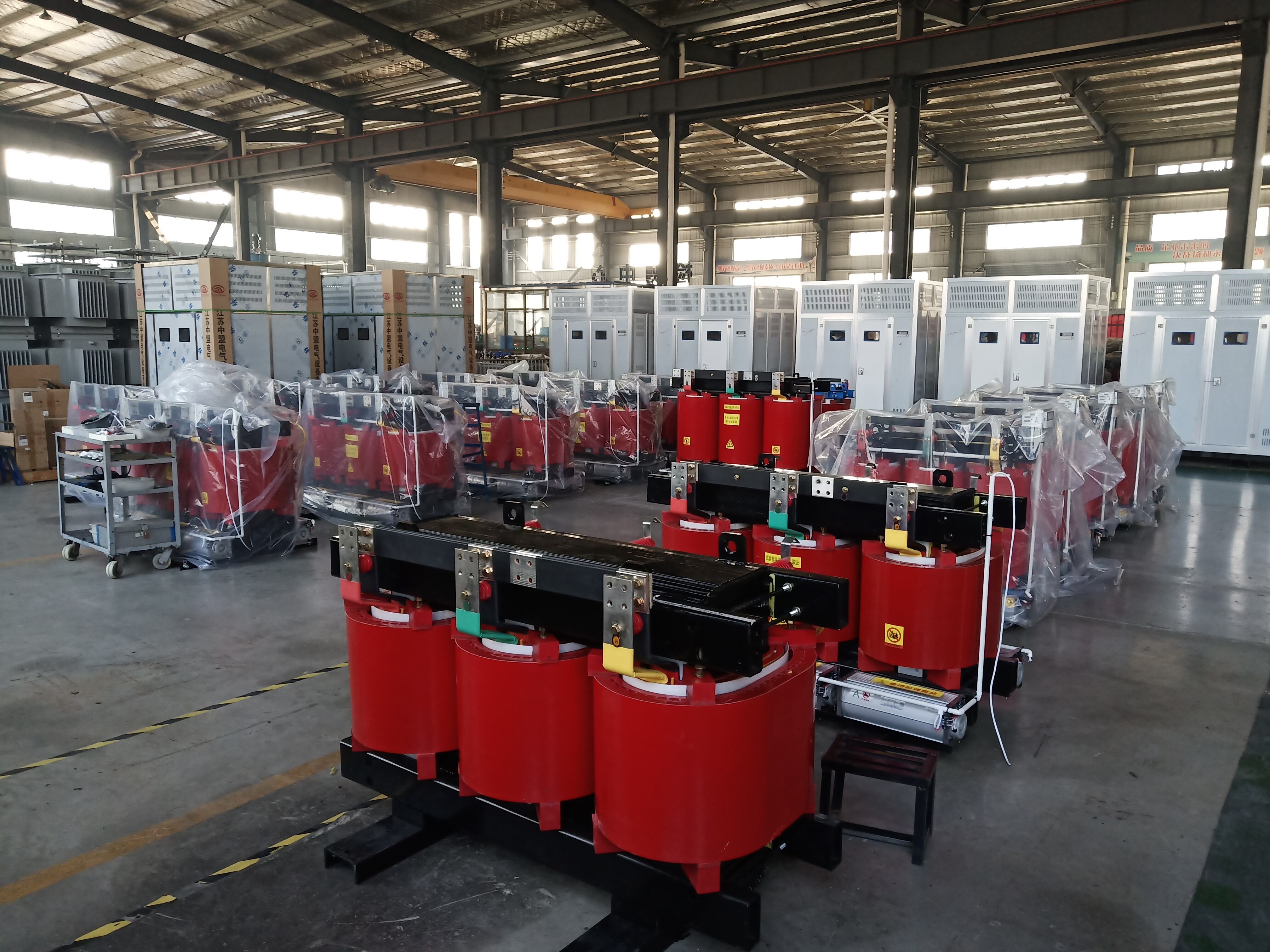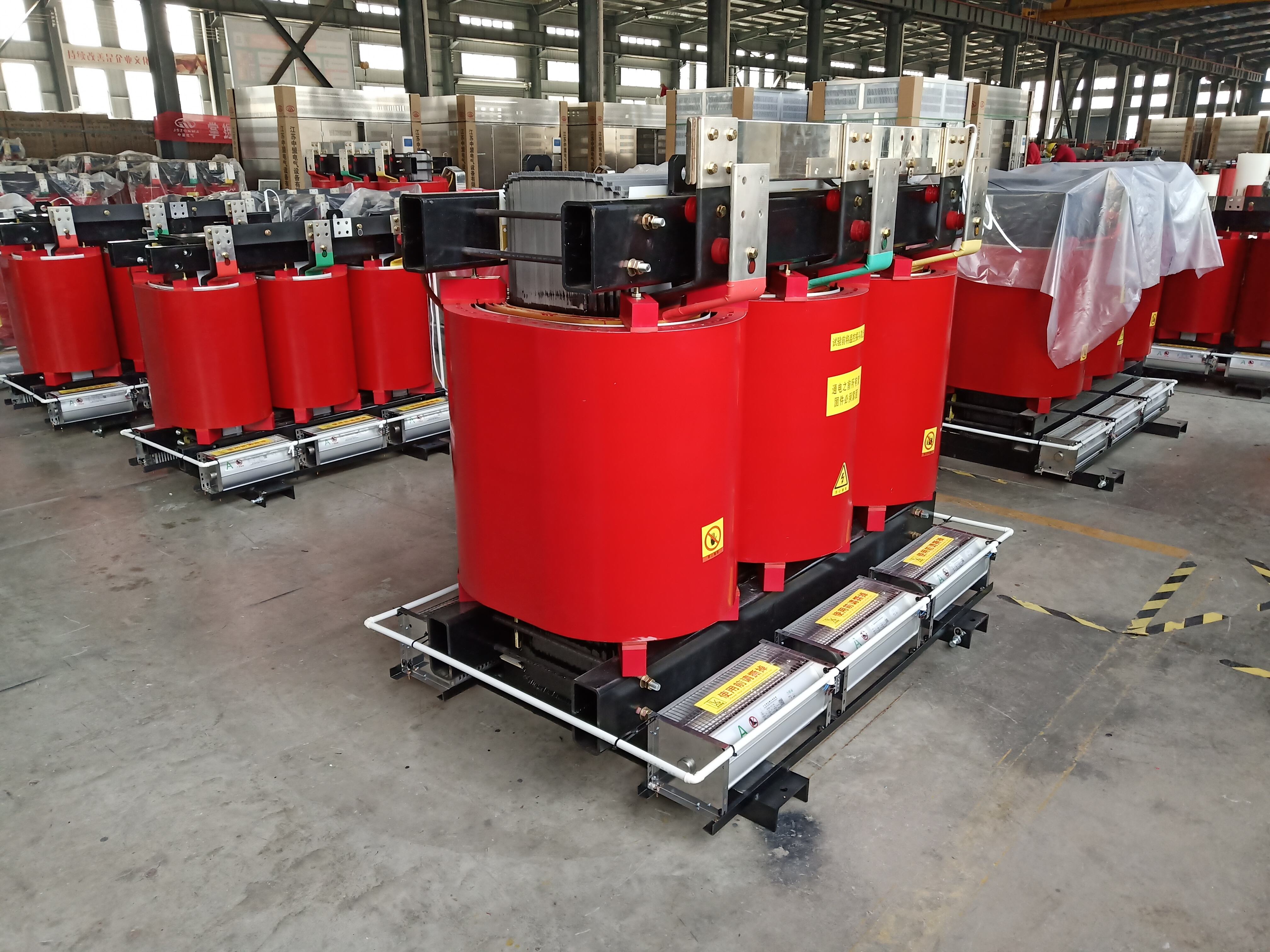transformer used in substation
A transformer used in substation is a critical electrical device that serves as the backbone of power distribution systems. This essential equipment transforms voltage levels between transmission and distribution networks, ensuring efficient power delivery to end users. The primary function involves stepping down high transmission voltages to lower distribution levels suitable for commercial and residential use. Modern substation transformers incorporate advanced monitoring systems, temperature control mechanisms, and protective features that safeguard against electrical faults and overloads. These transformers are engineered with sophisticated cooling systems, typically using oil or dry-type insulation, to maintain optimal operating temperatures under various load conditions. They feature robust construction with high-grade silicon steel cores and copper or aluminum windings, designed to minimize energy losses and maximize efficiency. The technology includes tap changers for voltage regulation, bushings for electrical connections, and comprehensive monitoring systems that provide real-time data on operational parameters. These transformers are built to withstand extreme weather conditions, electrical surges, and continuous heavy loading, with typical service lives exceeding 30 years when properly maintained. Their design prioritizes both operational reliability and environmental safety, incorporating features like oil containment systems and biodegradable insulating fluids.


